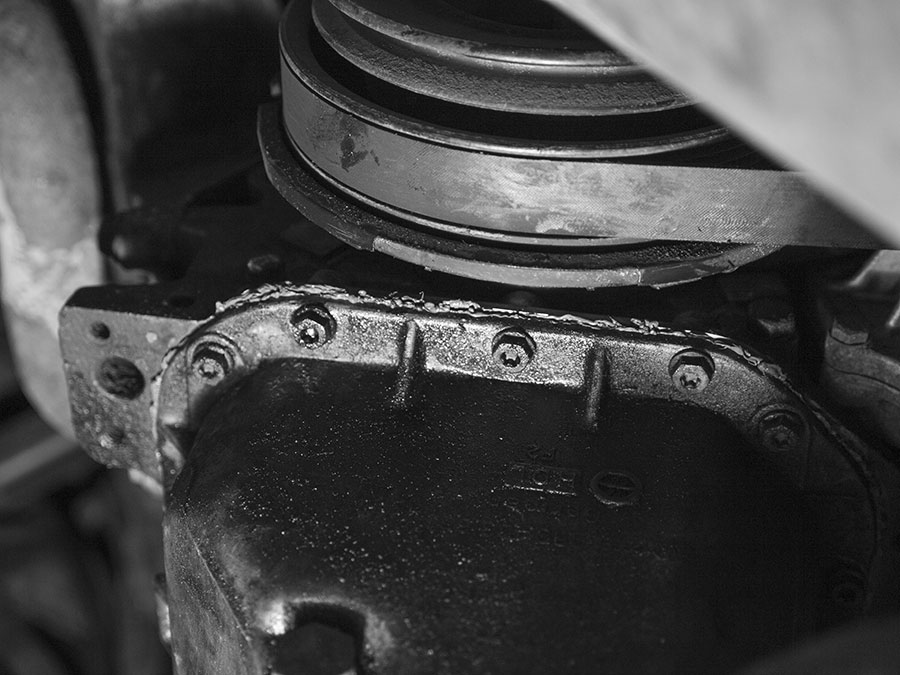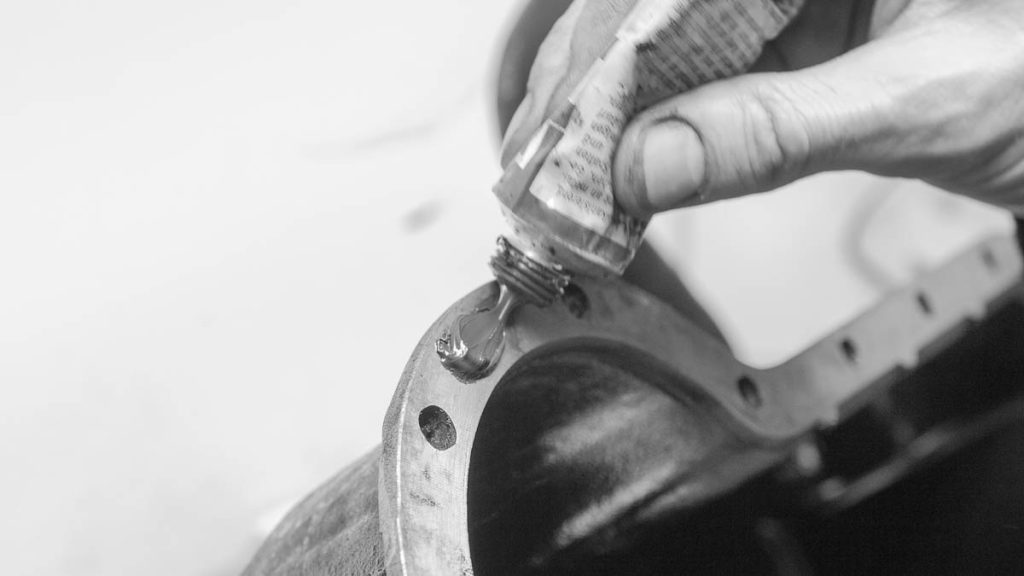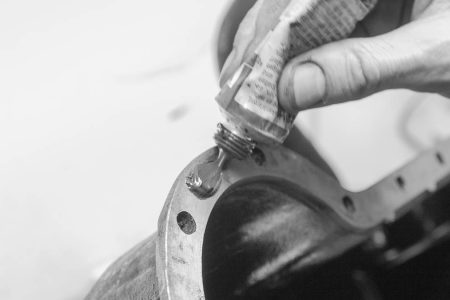Oil loss?
The oily lifeblood can leave the engine in three ways: Through the oil drain plug, through the exhaust or through cracks, gaps and seals. While number two is just annoying and costs expensive oil, a leaky engine ruins the workshop flokati. Not nice!
The fine man therefore meticulously gets to the bottom of the problem and wipes everything clean, drives a hot lap and checks where exactly the engine is leaking oil. However, if no more screws can be tightened and the other seals and oil seals are OK, the diagnosis may also be “oil pan seal leaking”. The English patient in this case is an old VW bus with an implanted 1.9-liter diesel engine that suffered from this very symptom. The remedy of choice was the miracle paste “Dirko” from Elring. Even if we are happy to sign advertising contracts worth millions, we have to be honest: The stuff is just good and we don’t get a penny for mentioning the name. What a pity, really.
The sealing work shown here is not beautiful, but it is effective. With a little mental transfer, it can also be applied to almost all other flat sealing surfaces, i.e. water pump housings, leaking side covers or gearbox housings.
Miracle cure from the tube
The miracle product is available in several versions which, according to the data sheet, differ primarily in the temperature limit of the magic product. The red “Dirko HT” used here also has a gray brother, which also bears the name, but not the suffix “HT”. Both have been loyal travel companions of touring drivers for decades, who like to repair/seal their slurry motorbike in the outback because the nearest authorized workshop is 870 kilometers away.
Specialty of the paste: Sealing without dismantling. Exactly: The devilish mixture of adhesive sealant paste seals oil pans or side covers even if you wipe the oily corner clean from the outside and apply the stuff over it with a broad thumb. Anyone who sees this for the first time will be amazed and won’t want to go without it on their next long-distance trip. Once again: We don’t get any money from Elring – this is our own experience.
In the case of this Volkswagen, however, we first remove the oil pan and then put the (probably too hard) seal back on in two layers of paste. First, of course, jack up the car and get rid of the grease.
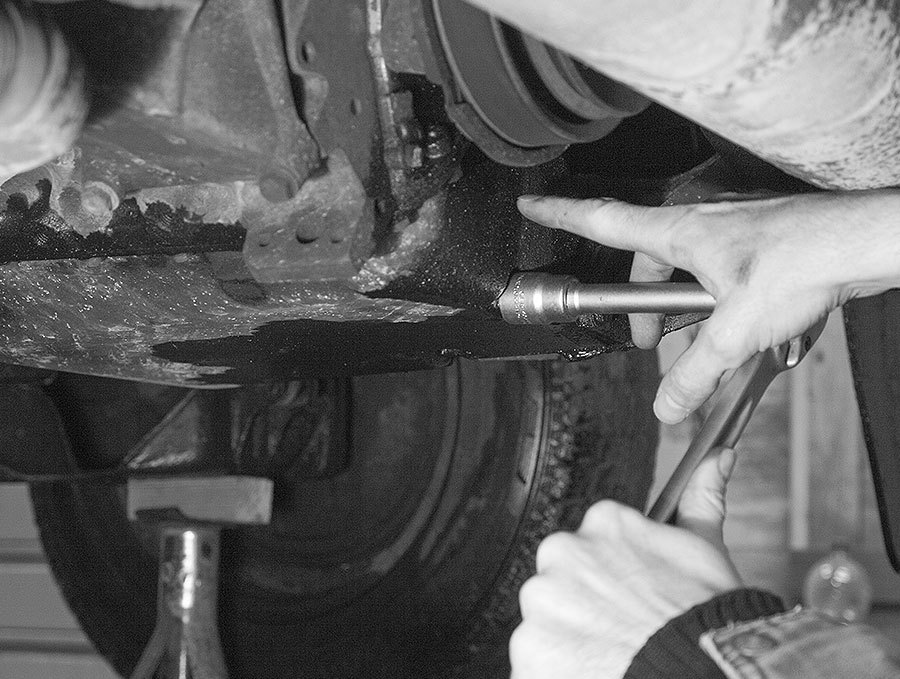
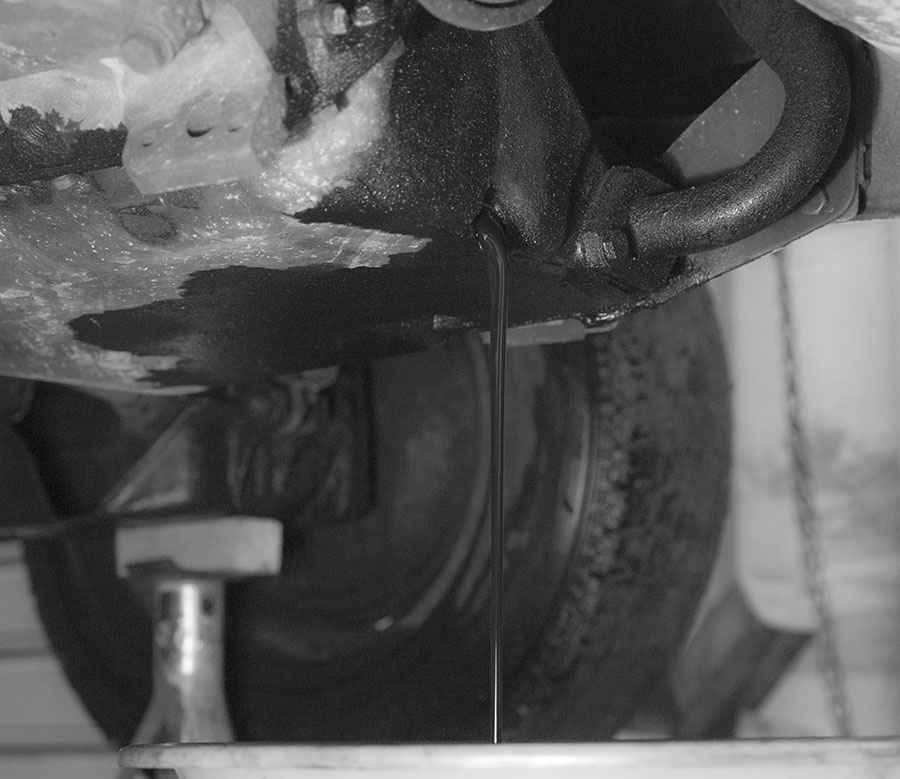
Letzte Aktualisierung am 2024-04-03 / Affiliate Links / Bilder von der Amazon Product Advertising API
Removing the oil pan
Unscrew the fastening screws and remove the oil pan.
Whether this tub is made of sheet steel, an aluminum alloy or pressed wallpaper remnants is irrelevant for the repair – just put it on the workbench. This specimen is made of aluminum.
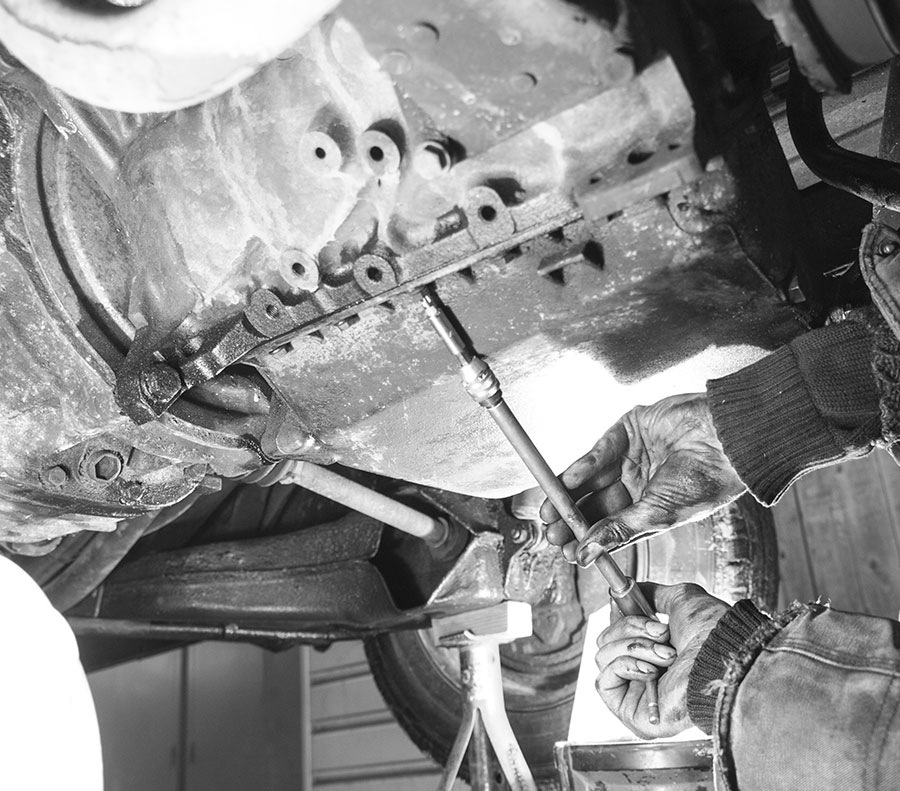

Old seal
In this case, the “old” seal was less than a year old, so it was practically as good as new and could not be tightened despite vigorous tightening of the fastening screws. Hence the decision to use this flat gasket with paste.
Remove the old seal or (if caked) carefully scrape it off with a sharp blade. If this is not possible with the best will in the world, you may not be able to avoid buying a new seal.
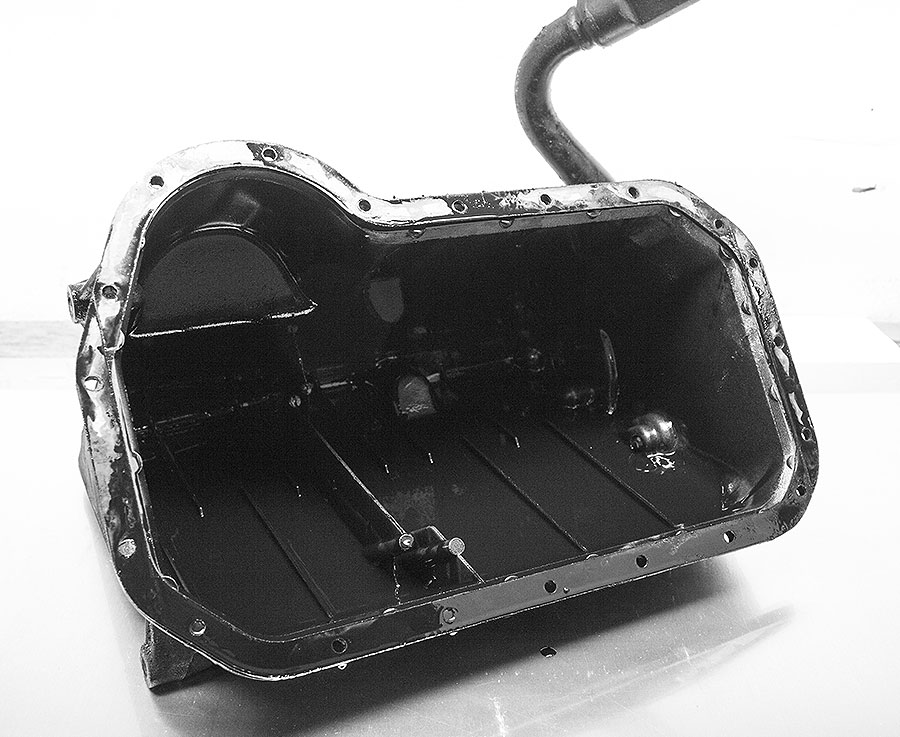
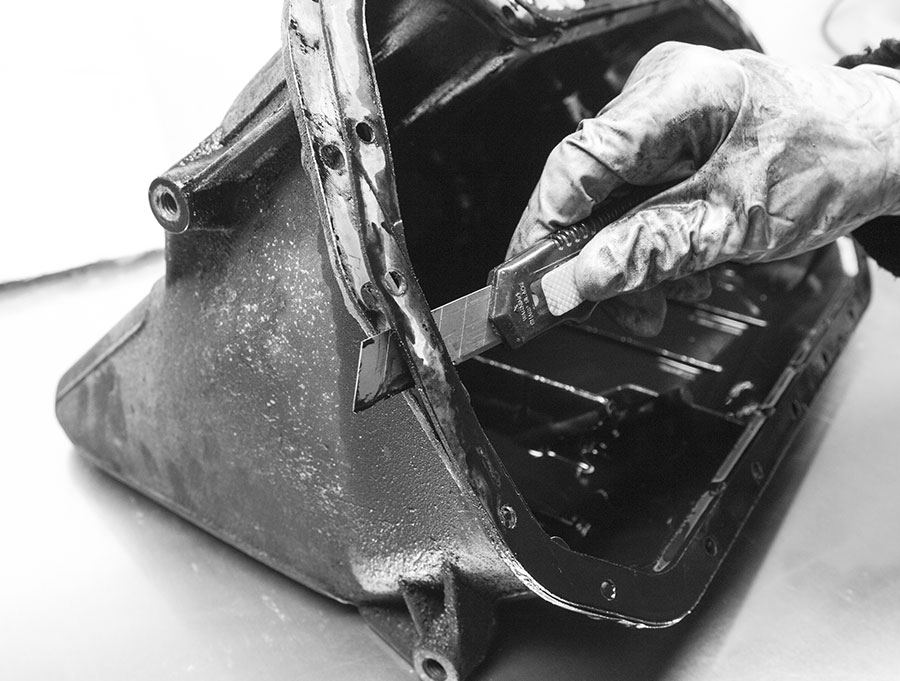
Clean the sealing surface
Because the sealant naturally adheres best to a grease-free surface, remove and wipe off all sealant residues and oily residues. Make sure that no crumbs fall into the pan and are later sucked in by the oil snorkel.
Also clean the sealing surface on the engine – works great with the flat scraper.
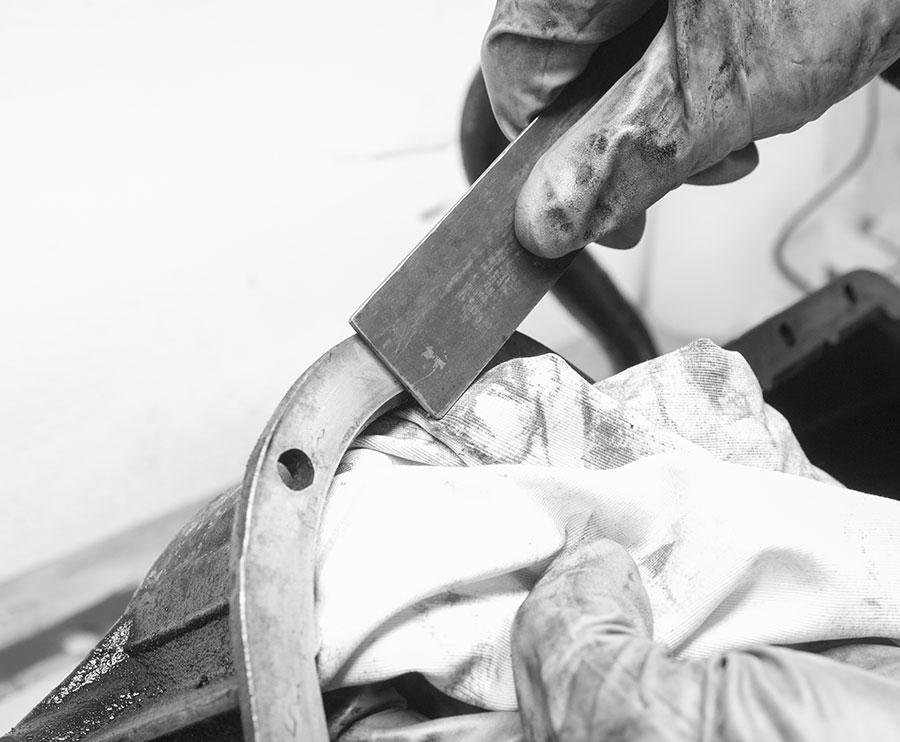
Apply sealant
As soon as the sealing surface is not only clean, but shiny and sparkling clean, it’s time to apply the miracle compound: Spread it evenly over the sealing surface. The stuff forms a non-sticky film in the air within a few minutes and can also be fitted immediately.
Here the seal should float in Dirko at the top and bottom – so place the seal accurately, press it on and smear it with the stuff again. While the magic putty is airing out, clean the sealing surface on the engine as well.


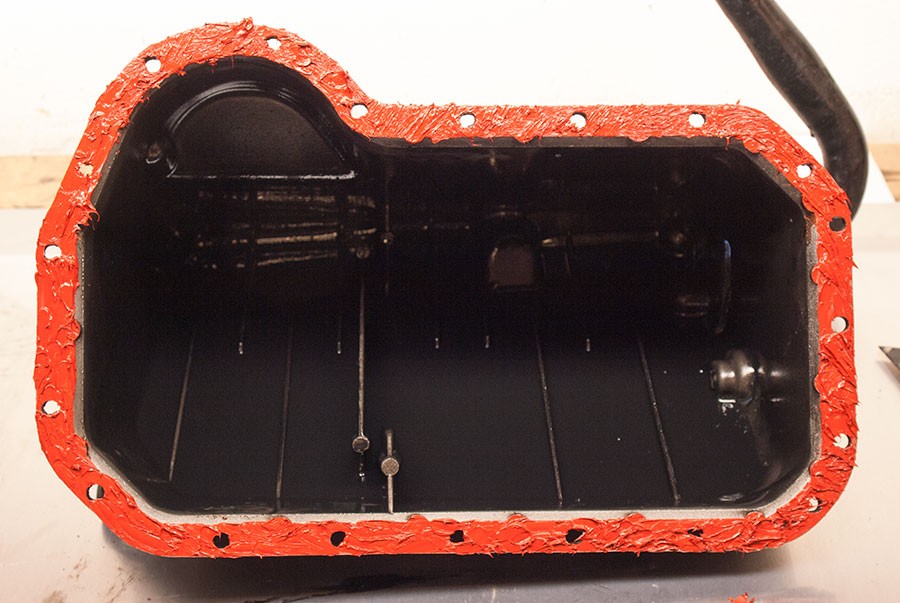

Letzte Aktualisierung am 2024-04-05 / Affiliate Links / Bilder von der Amazon Product Advertising API
Fitting the oil pan
Then pull the masterpiece into the pit and install it. Tighten the screws evenly. The paste is now oozing out of all the gaps and doing its sealing work.
However, because the final Brutal adhesion is only achieved after half a day, you should wait until the next day to top up the oil and only then make a hearty start, free of oil stains.
